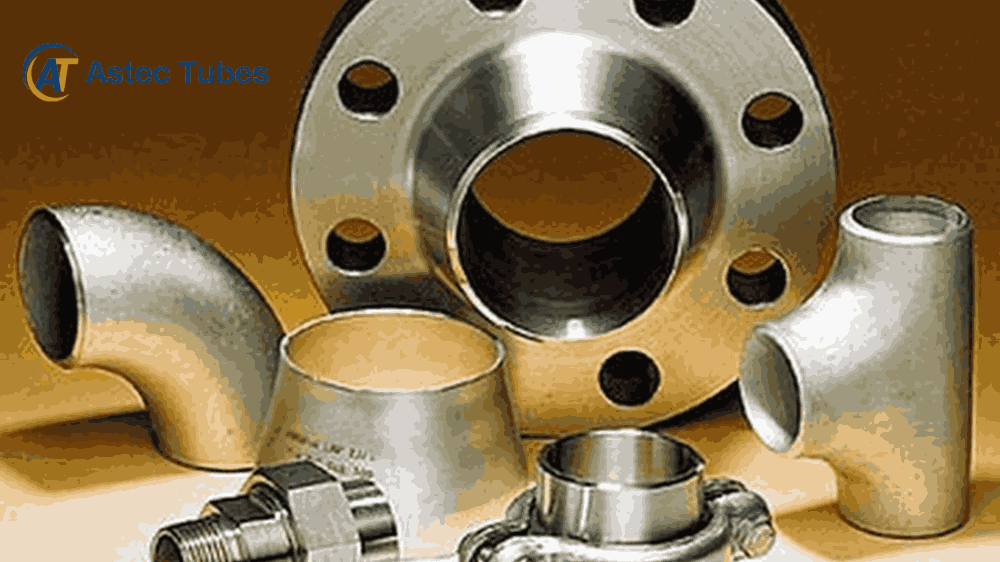Pipe fittings and flanges are crucial in various industries, including oil and gas, chemical processing, water treatment, and more. Despite their importance, many people may need help understanding these essential components’ types, functions, and applications. In this blog post, we’ll delve into the world of pipe fittings and flanges, demystifying their purpose, types, materials, and considerations for selection.
Understanding Pipe Fittings:
Pipe fittings are components used to connect, terminate, control flow, and adapt the layout of piping systems. They come in various shapes, sizes, and materials to accommodate different requirements.
Common types of pipe fittings include:
- Elbows: Used to change the direction of flow in a piping system.
- Tees: Allow the branching of pipelines in two directions.
- Reducers: Used to connect pipes of different sizes.
- Couplings: Provide a connection between two pipes of the same diameter.
- Unions: Allow for easy disassembly of pipes for maintenance or repairs.
- Adapters: Connect different types of pipes or fittings.
- Caps and Plugs: Seal the end of a pipe to prevent leakage.
- Crosses: Similar to tees but with four openings instead of three.
Materials for pipe fittings include stainless steel, carbon steel, brass, PVC, and others, each chosen based on pressure, temperature, and compatibility with the transported fluid.
Exploring Flanges:
Flanges are flat, circular discs with evenly spaced holes for bolts. They connect pipes, valves, and other equipment in a piping system. Flanges provide easy access for inspection, cleaning, and maintenance and facilitate the assembly and disassembly of piping components.
Types of flanges include:
- Weld Neck Flanges: Feature a long neck welded to the pipe, providing high strength and stability.
- Slip-On Flanges: Slide over the pipe and are then welded in place, offering easy installation.
- Socket Weld Flanges: Welded directly to the pipe, providing a smooth bore and better flow characteristics.
- Threaded Flanges: Have threads on the inner bore to screw onto the pipe, suitable for low-pressure applications.
- Blind Flanges: Seal the end of a pipe or valve, preventing flow and providing easy access for inspection or cleaning.
- Lap Joint Flanges: These are used with stub ends to allow easy alignment of bolt holes.
Considerations for Selection:
When selecting pipe fittings and flanges for a specific application, several factors should be considered:
- Pressure and Temperature: Ensure that the fittings and flanges are rated for the system’s operating pressure and temperature.
- Material Compatibility: Choose materials compatible with the transported fluid to avoid corrosion or contamination.
- Size and Dimension: Select fittings and flanges that match the size and dimensions of the pipes in the system.
- Installation and Maintenance: Consider ease of installation, inspection, and maintenance requirements.
- Cost and Availability: Balance the cost of fittings and flanges with their quality and availability.
Conclusion:
Pipe fittings and flanges are essential components of piping systems, enabling the efficient and reliable transport of fluids in various industries. Understanding the different types, functions, and selection considerations can help ensure piping systems’ proper design, installation, and maintenance, ultimately contributing to their safety, performance, and longevity. Whether you’re a seasoned engineer or a novice enthusiast, having a solid grasp of pipe fittings and flanges is key to mastering the art of fluid conveyance.

